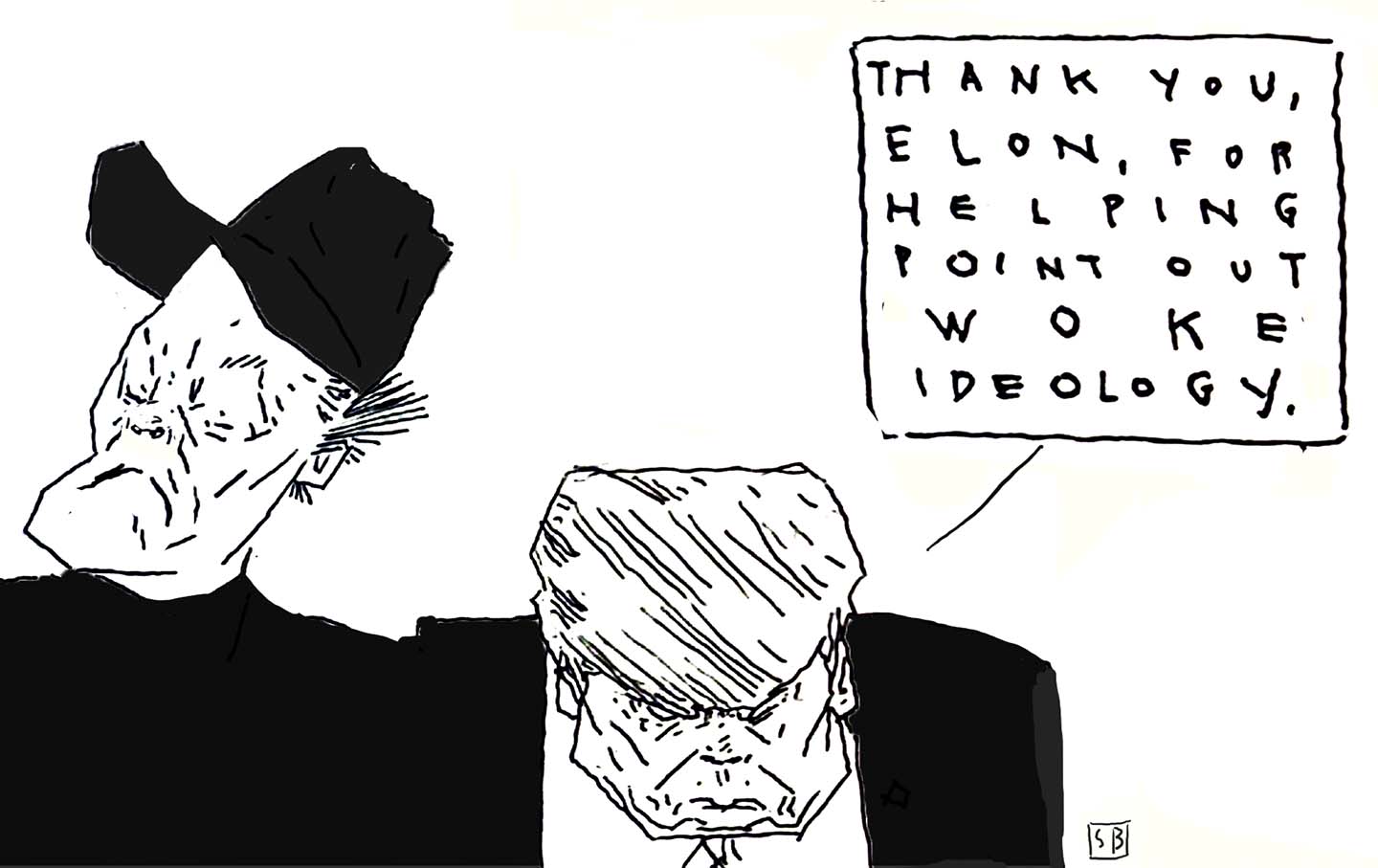Trump, the Military, and the Insurrection Act
Will soldiers be occupying our cities?
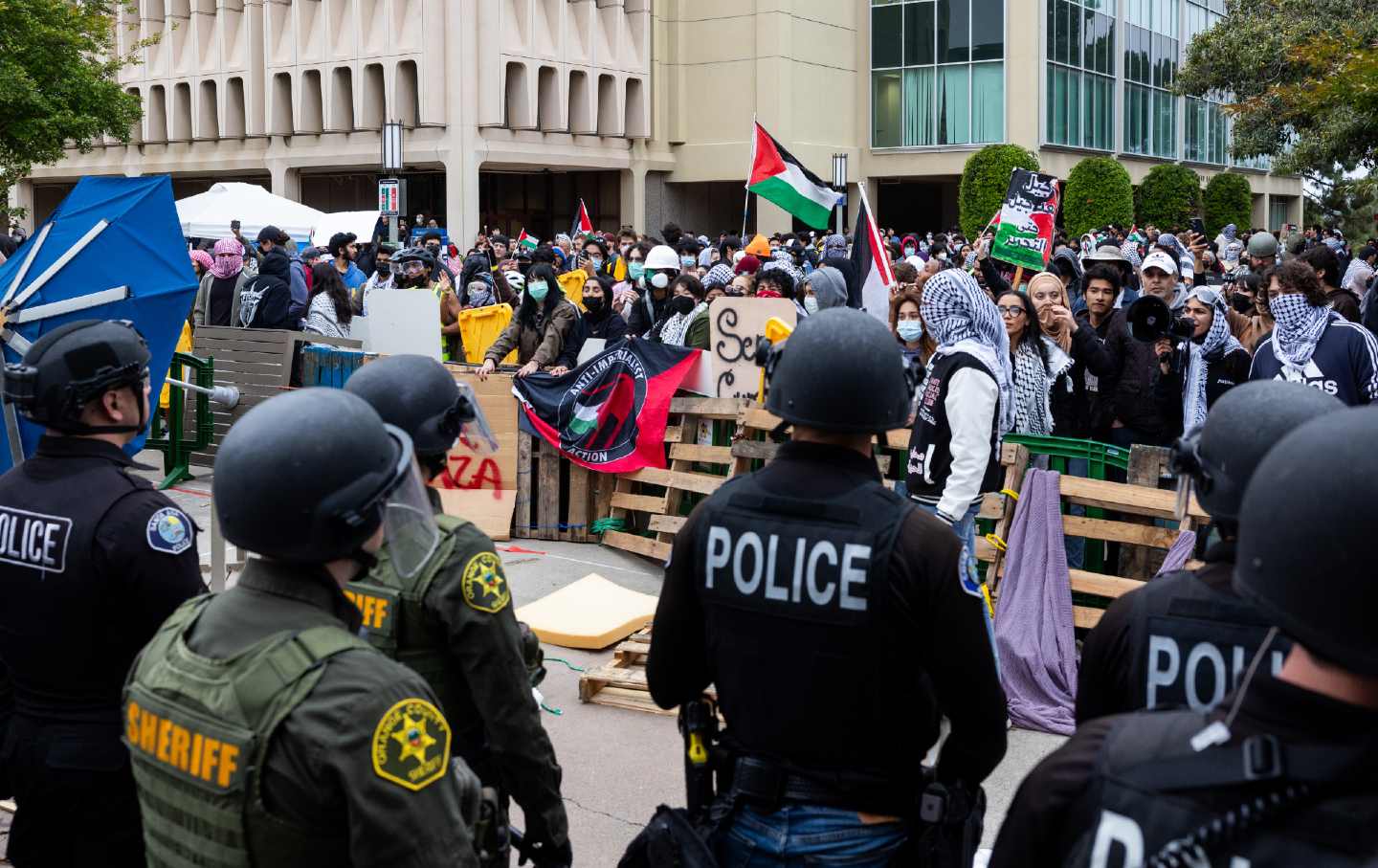
Last spring, students at colleges and universities around the country erected tent encampments on their campuses to protest the slaughter of Palestinians in Gaza and calling for divestment in companies supplying arms to Israel. In a few cases, university administrators negotiated with the protesters and agreed to reconsider those investments, but in most they called on the police to clear the encampments and arrest the protesters. Hundreds of students were arrested at Columbia, Northeastern, Washington University, USC, UCLA, UMass Amherst, UNC Chapel Hill, UT Austin, and many others—resulting in as many as 3,200 student arrests, according to one estimate.
Although most of those arrests occurred in a relatively peaceful manner, with students surrendering in a nonviolent manner, some reportedly involved excessive violence on the part of the police. At UMass Amherst, for example, police reportedly beat protesters, zip-tied them, and detained them for many hours in unventilated enclosures. Police also used pepper spray to clear student protests at several campuses, including George Washington University and UT Austin. So far as I can tell, however, no firearms were employed in these encounters and protesters were never threatened with lethal force. Nor was the National Guard called up to supplement police units in quelling the protests, as occurred at Kent State University in 1970, when soldiers from the Ohio National Guard fired on anti–Vietnam War protesters, killing four of them. More significantly, President Biden specifically ruled out the use of Guard forces to suppress this spring’s campus demonstrations, saying “no” when asked by a reporter on May 2 if he thought the National Guard should “intervene” in the protests.
Now, take a deep breath, and ask yourself: What would Donald Trump do in response to protests like these if elected to a second term as president?
This question deserves our close attention, because it is almost certain that the policies he would implement on day one in the White House will provoke protests of one sort or another in cities and at campuses across the United States. Many observers have noted that members of his entourage, in close association with right-wing think tanks like the Heritage Foundation and the Center for Renewing America, have prepared detailed plans for immediate action on such issues as immigration, education, abortion, climate change, and trans people’s rights—all bound to provoke strong and immediate opposition from various sectors of civil society.
Recall, for example, Trump’s Executive Order 13769 (aka the “Muslim Travel Ban”) of January 27, 2017, restricting entry into the United States of citizens from seven Muslim-majority nations for 90 days, which provoked mass anti-Trump protests at airports in the United States and around the world. When confronted with the travel ban protests in January 2017, Trump was new to the Oval Office and largely unprepared to address mass public discord on this scale. But that will not be the case in January 2025, should he secure a second term. Not only have his allies prepared detailed plans for suppressing dissent, but Trump himself became more familiar with the tools of repression during his four years in office and is clearly primed to employ them.
In particular, Trump has become an ardent student of the Insurrection Act of 1807, which allows the president to suspend the Posse Comitatus Act (which prohibits the use of federal forces in domestic law enforcement) and to employ the National Guard or active-duty troops in suppressing a domestic rebellion if requested by state officials or, in some cases, without state authorization. The act has been invoked rarely, given the nation’s historic aversion to excessive executive. power—methodically embedded in the Constitution—but Trump has expressed a strong inclination to use it against mass public protests.
The George Floyd Protests and Trump’s Response
To best understand Trump’s thinking on the Insurrection Act and mass protests, consider his response to the George Floyd protests of late May 2020 and the subsequent events at Lafayette Square in Washington, DC. When it was learned that Floyd, a 46-year-old unarmed Black man was murdered by Minneapolis police on May 25, protests erupted in cities across the United States, with Black Lives Matter the unifying theme. Most of these protests were peaceful, but some were accompanied by looting, vandalism, and other acts of violence. In some cities, police battled protesters night after night, until National Guard troops were called in to suppress the unrest; as many as 32,000 people were arrested in the ten days following Floyd’s killing.
Like other large American cities, Washington experienced large-scale protests in the wake of George Floyd’s murder. On May 29, protesters stormed Lafayette Square, the small parklike quadrangle opposite the White House, leading to furious clashes with the US Park Police (responsible for law enforcement at national parks, including Lafayette Square) and the Secret Service. Protests continued around the square the next day—most of them peaceful, but some turning violent, with arsonists setting fire to the parish house of Saint John’s Episcopal Church, directly across from the White House. That evening, and into the next morning, DC and Park Police used tear gas, rubber bullets, and other harsh riot-control methods to clear the area.
On the morning of June 1, Donald Trump summoned his two top military leaders—Secretary of Defense Mark T. Esper and Chairman of the Joint Chiefs of Staff Gen. Mark A. Milley—to the Oval Office to discuss his desired response to the DC protests. As recounted by Esper in his memoir, A Sacred Oath, Trump told them that he wanted to invoke the Insurrection Act and order “ten thousand troops in Washington to get control of the streets.” When Esper and Milley demurred, saying the unrest was best handled by civil law enforcement and the DC National Guard, Trump threw a tantrum, calling them “losers” and repeating his desire to send active-duty troops into the city. “Can’t you just shoot them?” he asked Milley, the nation’s highest-ranked uniformed officer. “Just shoot them in the legs or something?”
According to Esper, Trump finally calmed down after he was promised that Washington would be flooded with 10,000 civilian law enforcement personnel (FBI, Alcohol, Tobacco, and Firearms personnel, etc.) and National Guard troops to protect federal property and assist in riot control, thereby satisfying Trump’s obsession with that number of personnel. Esper indicates, however, that it was only in this manner that he and Milley dissuaded Trump from invoking the Insurrection Act and ordering thousands of active-duty troops into Washington—a step that both officials feared would incite further violence and ensnare the regular military in domestic clashes they were wholly unprepared for.
Trump then cajoled both men into accompanying him on his famous stroll across Lafayette Square to St. John’s Church (with squads of police and secret service providing a safe cordon on all sides), where he held up a Bible and posed for a photo-op with his top lieutenants. (Esper and Milley later expressed regret for their involvement in the photo-op, saying it misleadingly gave the impression of military backing for a purely political ploy.)
For most Americans watching the news, this was the most vivid expression of Trump’s response to the disturbances. For Esper and Milley, however, it was his determination to invoke the Insurrection Act and send troops into Washington. Indeed, even after the crisis in Washington subsided, Trump proposed invoking the act and sending troops into other cities—Chicago, Seattle, and Portland—as Black Lives Matters demonstrations there gained momentum. In each case, Esper, Milley, and Attorney General William Barr managed to talk him out of it. Choosing to make his stance public, Esper told reporters at the Pentagon on June 3, “The option to use active-duty troops in a law enforcement role should only be used as a matter of last resort, and only in the most urgent and dire of situations. We are not in one of those situations now. I do not support invoking the Insurrection Act.” (Trump reportedly was so furious at Esper over this statement that he was ready to fire him at that moment, but was dissuaded from doing so by senior aides.)
These events are instructive not only because of their window into Trump’s thinking on the Insurrection Act and the use of deadly force to suppress public protest, but, perhaps even more importantly, on the role of senior officials—especially in the military—in resisting his intent to do so. Confronted by Esper’s and Milley’s strong opposition, Trump was repeatedly stymied in his efforts to send armed troops into American cities. He is unlikely to allow that obstruction to occur again, if ensconced in the Oval Office a second time.
The Fire Next Time
According to numerous sources, much effort has been devoted by Trump’s advisers and close allies at right-wing think tanks to plan for the rapid implementation of Trumpian policies from the very beginning of a new administration, to avoid the chaos and amateurism that accompanied the onset of his first presidential reign. Although supposedly rebuffed by Trump, Project 2025—the much-discussed policy blueprint compiled by the staff and associates of the Heritage Foundation—articulates many of the defense-related measures he would likely implement, including diminished US military aid for Ukraine and increased aid for Israel and Taiwan. It also calls for banning transgender troops from military service and revoking the Veterans Administration’s ability to provide abortion-related care to veterans, among other steps sought by social conservatives. No doubt this agenda would receive Trump’s approval at the onset of another stint at the White House, but that will not be his primary consideration. Rather, his overarching objective will be to elevate generals and Pentagon officials who pledge to say “Yes, sir” when ordered to send troops into American cities, and eliminate any who might say “No.”
“We have to get political correctness out of the military,” Trump said at a March 2022 political rally in South Carolina. “The woke generals should be fired immediately.”
Accordingly, we should not expect this to be like 2017, when the White House reeled in response to the protests over the Muslim travel ban, nor like 2020, when senior military officials resisted Trump’s wish to deploy active-duty troops in Washington, DC, and other American cities. According to a November 2023 report in The Washington Post, allies of the former president have drafted plans to invoke the Insurrection Act at the very onset of a second term, enabling him to send active-duty troops into American cities or onto American campuses at the first outbreaks of anti-government dissent.
Popular
“swipe left below to view more authors”Swipe →We, the American people, have so much to fear from a second Trump presidency, whether it be the loss of reproductive rights, the acceleration of climate chaos, diminished voting rights for African Americans and other minorities, increased fear and violence in immigrant communities, and much more. But if our ability to defend our rights and resist these injustices vanishes on day one should Trump invoke the Insurrection Act and order US soldiers to employ lethal force in suppressing peaceful protest, democracy will likely die—as history well attests.
The stakes in this election couldn’t be higher.
Support independent journalism that exposes oligarchs and profiteers
Donald Trump’s cruel and chaotic second term is just getting started. In his first month back in office, Trump and his lackey Elon Musk (or is it the other way around?) have proven that nothing is safe from sacrifice at the altar of unchecked power and riches.
Only robust independent journalism can cut through the noise and offer clear-eyed reporting and analysis based on principle and conscience. That’s what The Nation has done for 160 years and that’s what we’re doing now.
Our independent journalism doesn’t allow injustice to go unnoticed or unchallenged—nor will we abandon hope for a better world. Our writers, editors, and fact-checkers are working relentlessly to keep you informed and empowered when so much of the media fails to do so out of credulity, fear, or fealty.
The Nation has seen unprecedented times before. We draw strength and guidance from our history of principled progressive journalism in times of crisis, and we are committed to continuing this legacy today.
We’re aiming to raise $25,000 during our Spring Fundraising Campaign to ensure that we have the resources to expose the oligarchs and profiteers attempting to loot our republic. Stand for bold independent journalism and donate to support The Nation today.
Onward,
Katrina vanden Heuvel
Editorial Director and Publisher, The Nation
More from The Nation
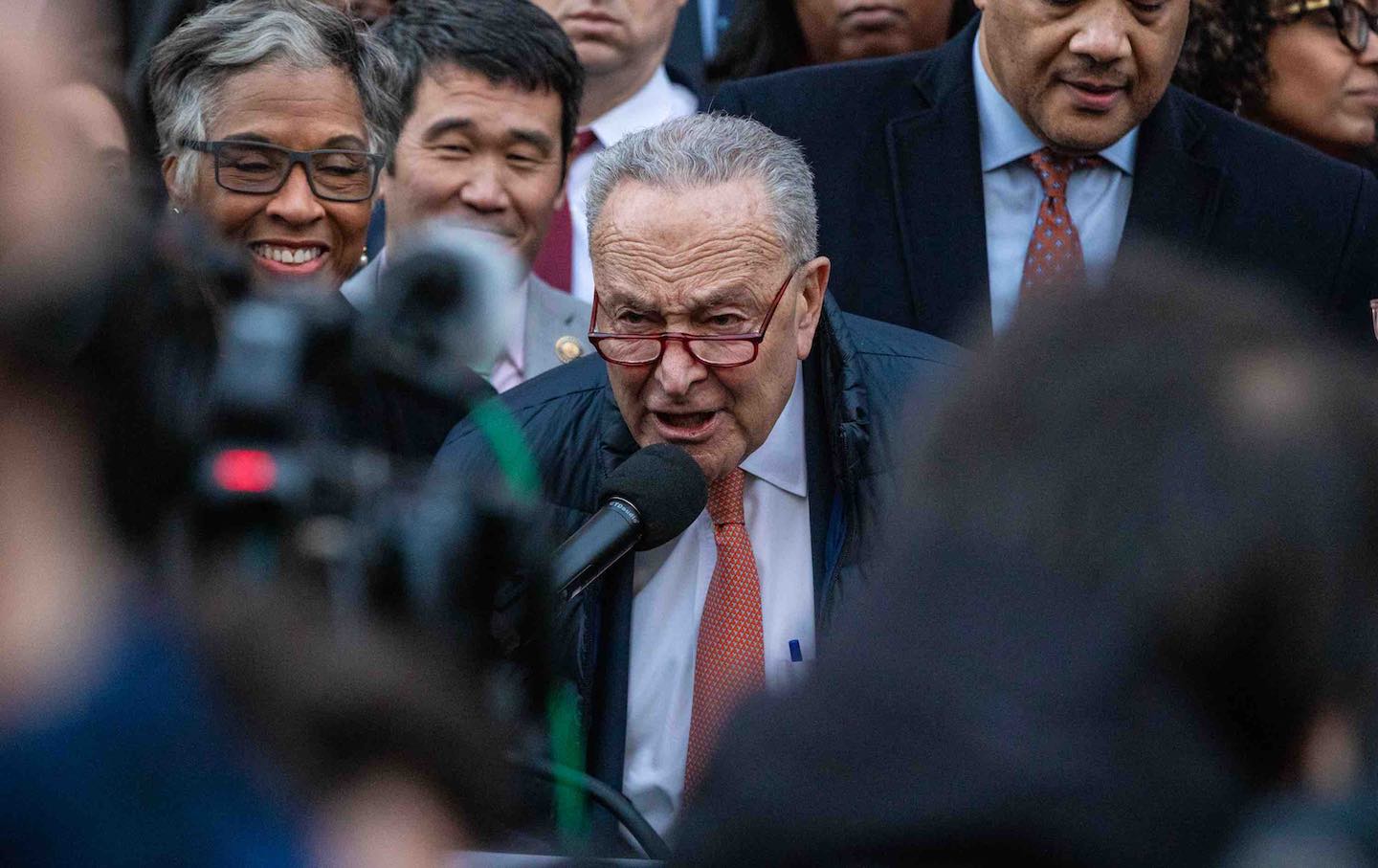
Chuck Schumer’s Flight-Over-Fight Instinct Is Leaving Democrats in the Lurch Chuck Schumer’s Flight-Over-Fight Instinct Is Leaving Democrats in the Lurch
The Senate minority leader appears to think the way to resist the Trump administration is by voting for the GOP’s spending bill.
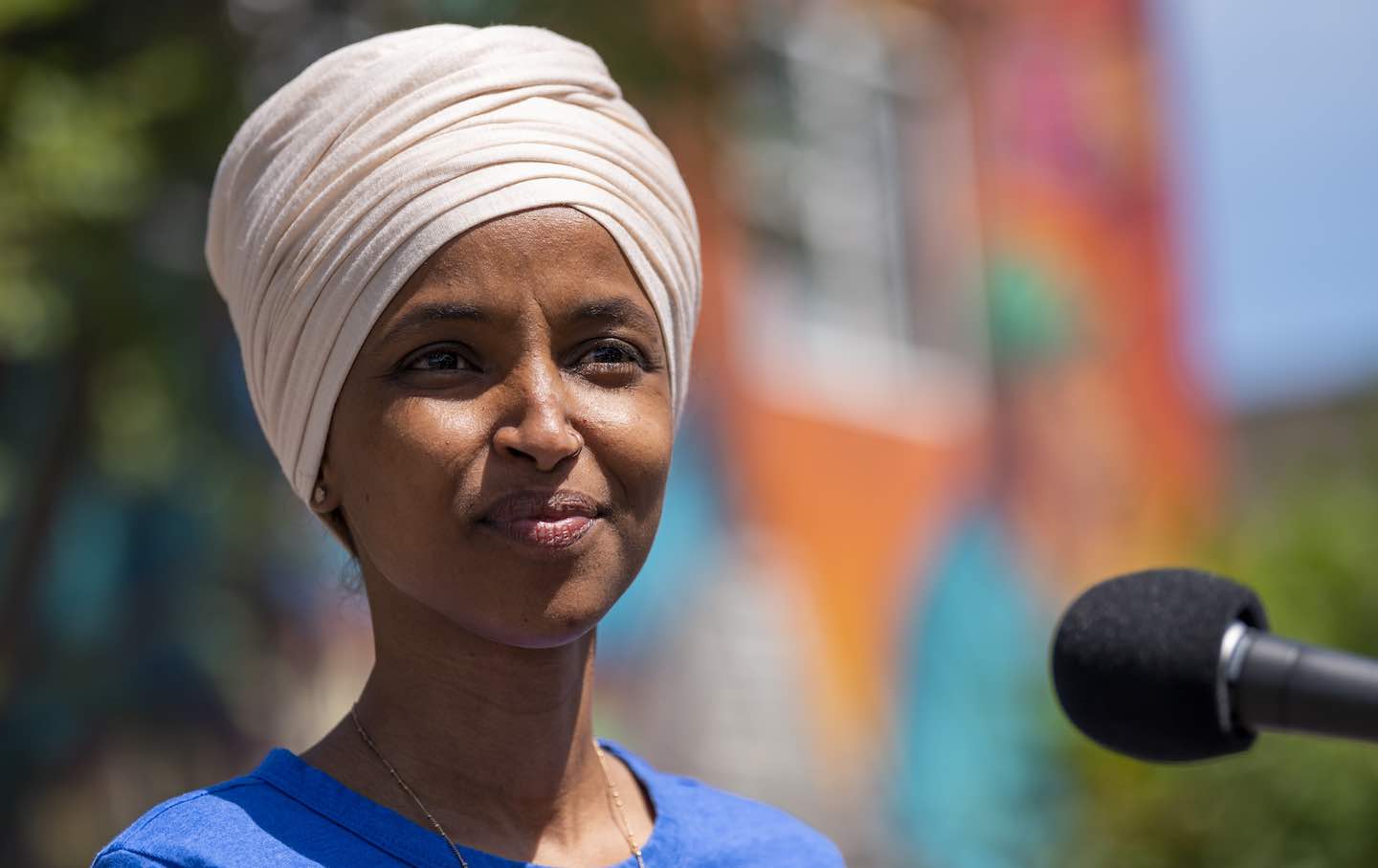
Ilhan Omar’s American Dream Is Strong Enough for These Times Ilhan Omar’s American Dream Is Strong Enough for These Times
Thirty years after she came to the US, the Minnesota representative keeps the faith in an America that will ultimately reject the divisive politics of Trump and his minions.

Denying Reality as We Burn Denying Reality as We Burn
Check out all installments in the OppArt series.
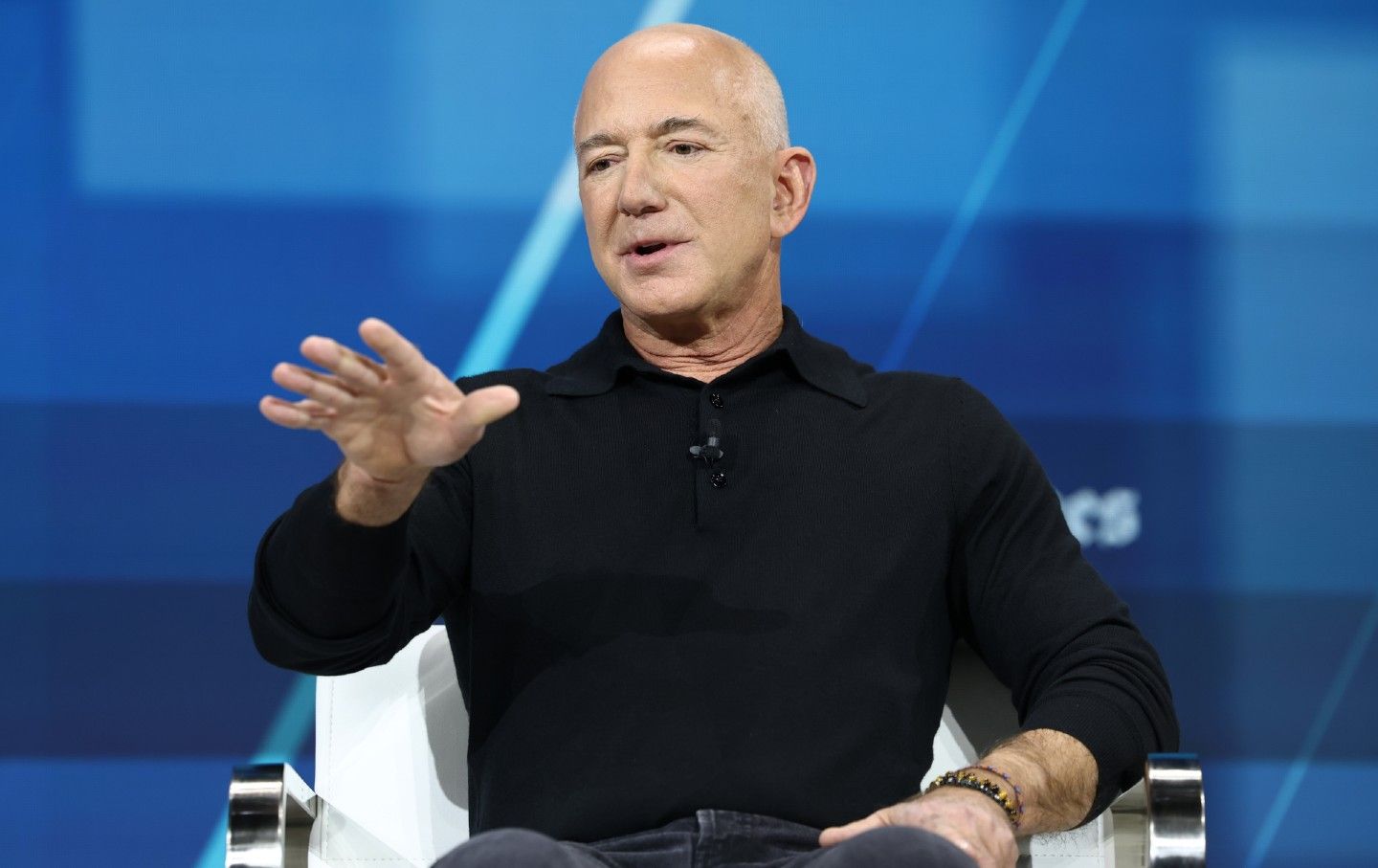
Can the Free Press Be Saved? Can the Free Press Be Saved?
It will take a new movement of responsible readers and benefactors to protect independent media.
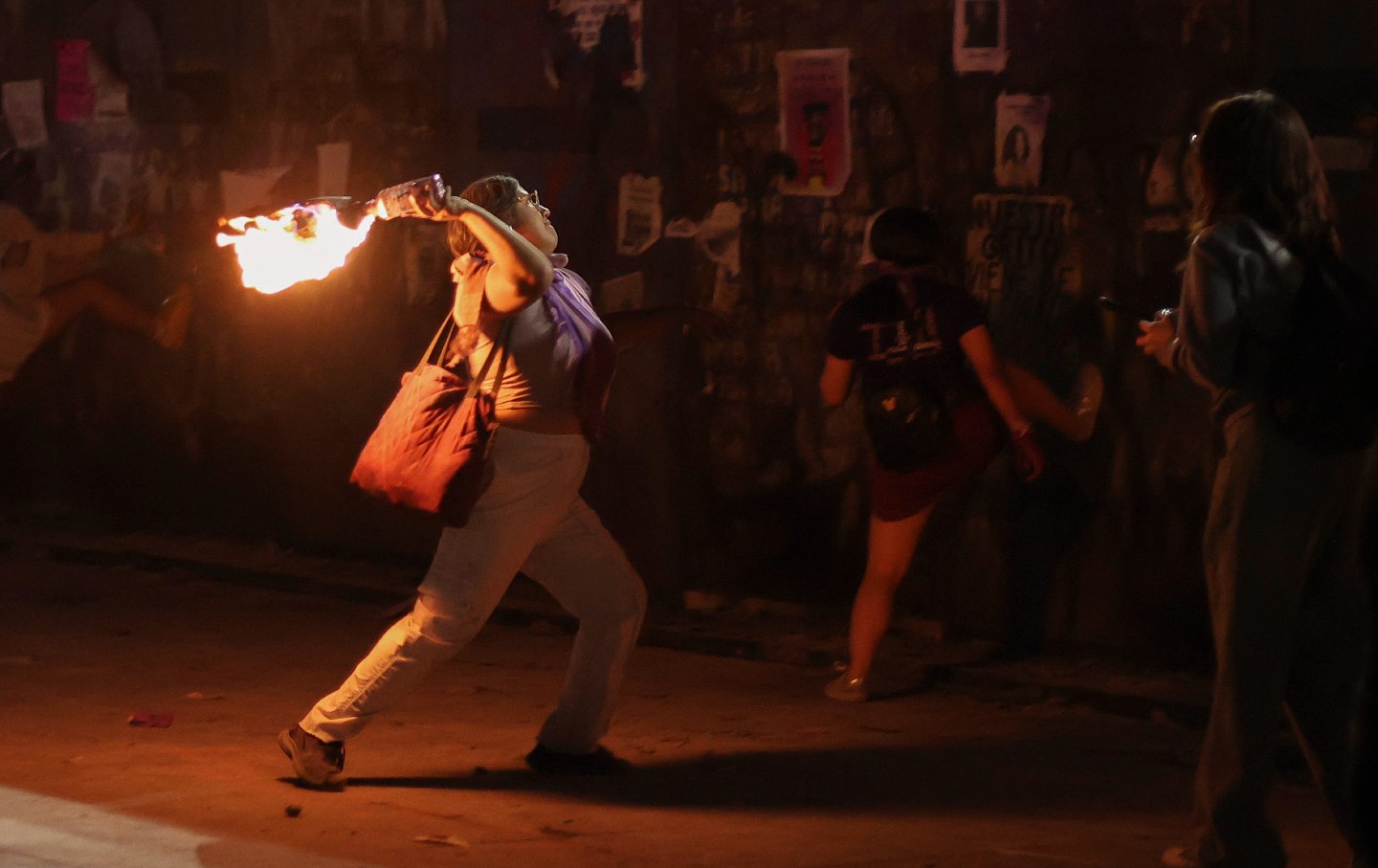
Is Political Violence Ever Acceptable? Is Political Violence Ever Acceptable?
Natasha Lennard argues that it’s harmful to acquiesce to the state’s determinations of violence, while David Cortright writes that violent acts prevent mass resistance movements.

